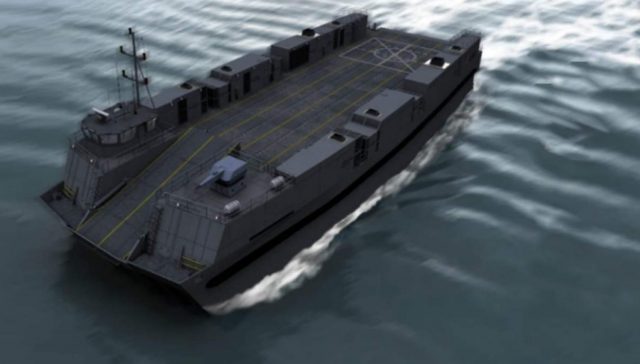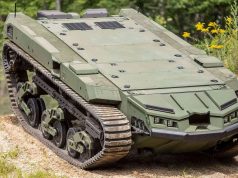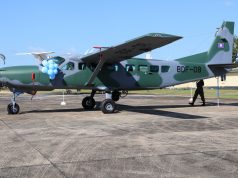US defense technology company Textron Systems has unveiled a new watercraft design based on surface effect ship (SES) technology it believes will be suitable for the change in the operations doctrine.
The company believes the design is responding to a requirement for executing expeditionary logistics at sea and ashore as focus shifts from land-based competitions to large sea-based operations.
Textron Systems added it believes that SES technology can be utilized to provide specialized performance capabilities that traditional monohulls can’t when it comes to logistical support operations. SES technology combines the benefits of both hovercraft technology and the catamaran designs.
Dubbed the Surface Effect Cargo Amphibious Transport (SECAT), Textron says its new platform can deliver logistic capabilities required for expeditionary advanced base operations (EABO) and distributed maritime operations (DMO).
Designed as a survivable, low-profile, high-speed connector, SECAT can carry 500 tons of cargo at 50 knots for 500 nautical miles in high sea states.
This design enables performance capabilities such as survivability, at sea rolling stock cargo transfer, “feet dry” cargo offload/load ashore, high speed shallow and deepwater operations, and the versatility to carry a wide range of cargos – “all of which could greatly enhance the US Navy and the US Marine Corps’ ability to successfully execute EABO and DMO,” the company noted.
As explained, the SECAT concept has an aluminum catamaran hull with a flexible bow and stern seals to contain an air cushion between the ridge side hulls. This design allows for reduced resistance for high-speed maneuvers and is inherently less susceptible to underwater shockwaves, sea mines, submarine targeting and torpedoes, increasing overall survivability for the craft.
While a SES watercraft never saw service with any of the world’s major naval forces, the US Navy did spend some time experimenting with the XR-1 concept in the 1960s and 1970s. That design was expected to demonstrate the ability of accommodating vertical launch missile systems and operating rotary aircraft, but the program was definitively scuttled in 1980.



























